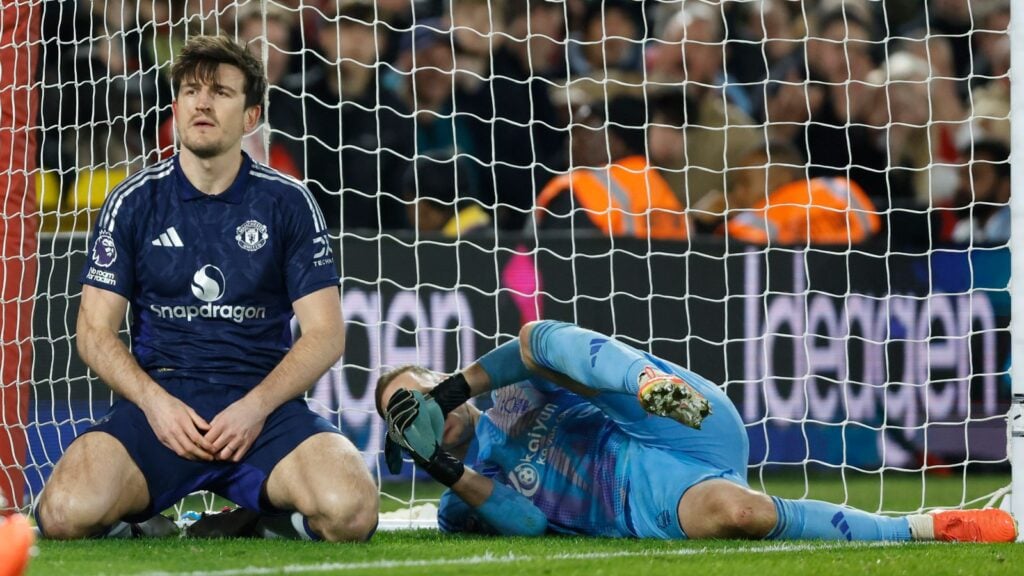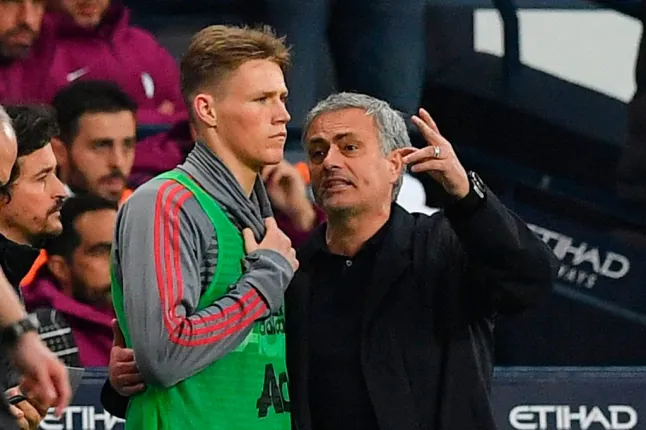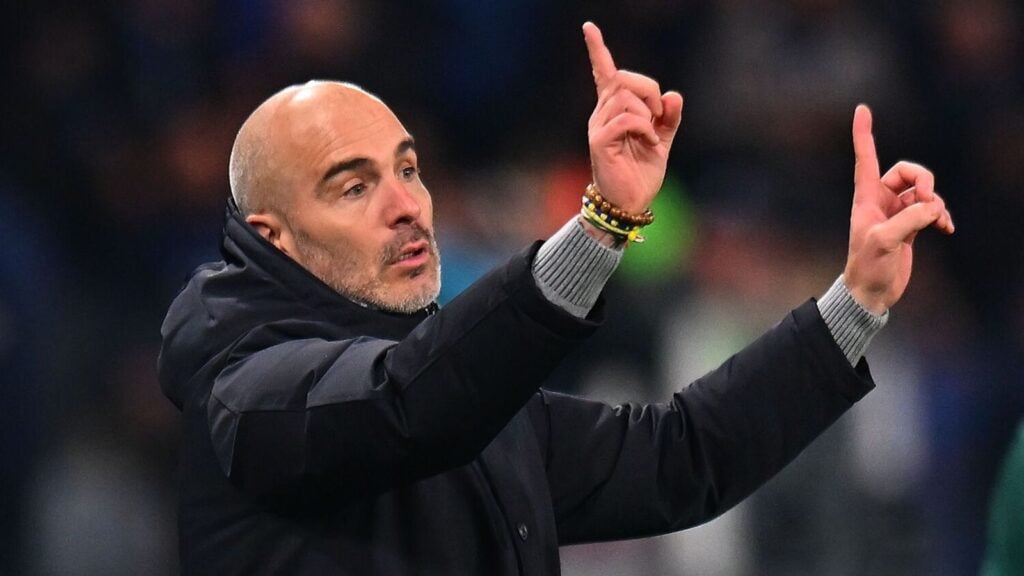
Manchester United Fall to Nottingham Forest
Manchester United were left frustrated after a 1-0 defeat to Nottingham Forest at the City Ground. The only goal came from former United winger Anthony Elanga in the first half. Despite creating numerous chances, United failed to find the back of the net.
Maguire Nearly Grabs Dramatic Equaliser
In a surprising move, manager Ruben Amorim introduced centre-back Harry Maguire in the 88th minute, not for defensive duties, but as an emergency striker. The decision nearly paid off when Maguire got a toe to the ball in the dying moments, only to see his attempt cleared off the line by Forest defender Murillo.
Amorim Defends His Tactical Switch
Speaking after the match, Amorim explained his reasoning behind the tactical switch.
“In the end of the game, when the opponent is protecting the box, they are comfortable,” he said. “We can reach the final third but we have to put the ball into the box, as it is hard to make the combinations. Harry Maguire, when he is attacking set pieces, is maybe the best player in the team.”
He added, “Inside the box, you are not a defender, you are a striker. Put one man who is really good in there to score the goal.”
United Struggle in Front of Goal
Despite registering 23 shots and six on target, United rarely tested Forest goalkeeper Matz Sels. Maguire’s chance, saved only by Murillo’s goal-line clearance, was the closest they came to levelling the score.
The result leaves United facing more questions about their attacking efficiency and whether more unconventional tactics might become necessary as the season progresses.




